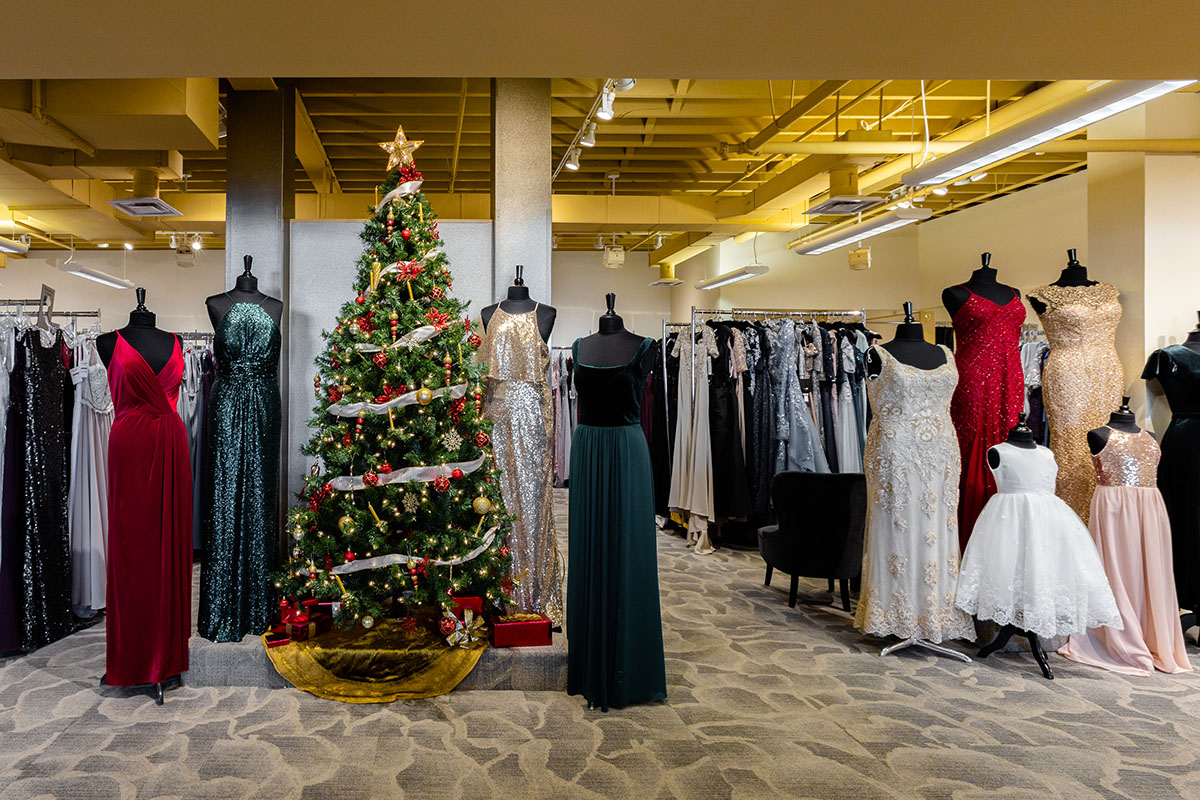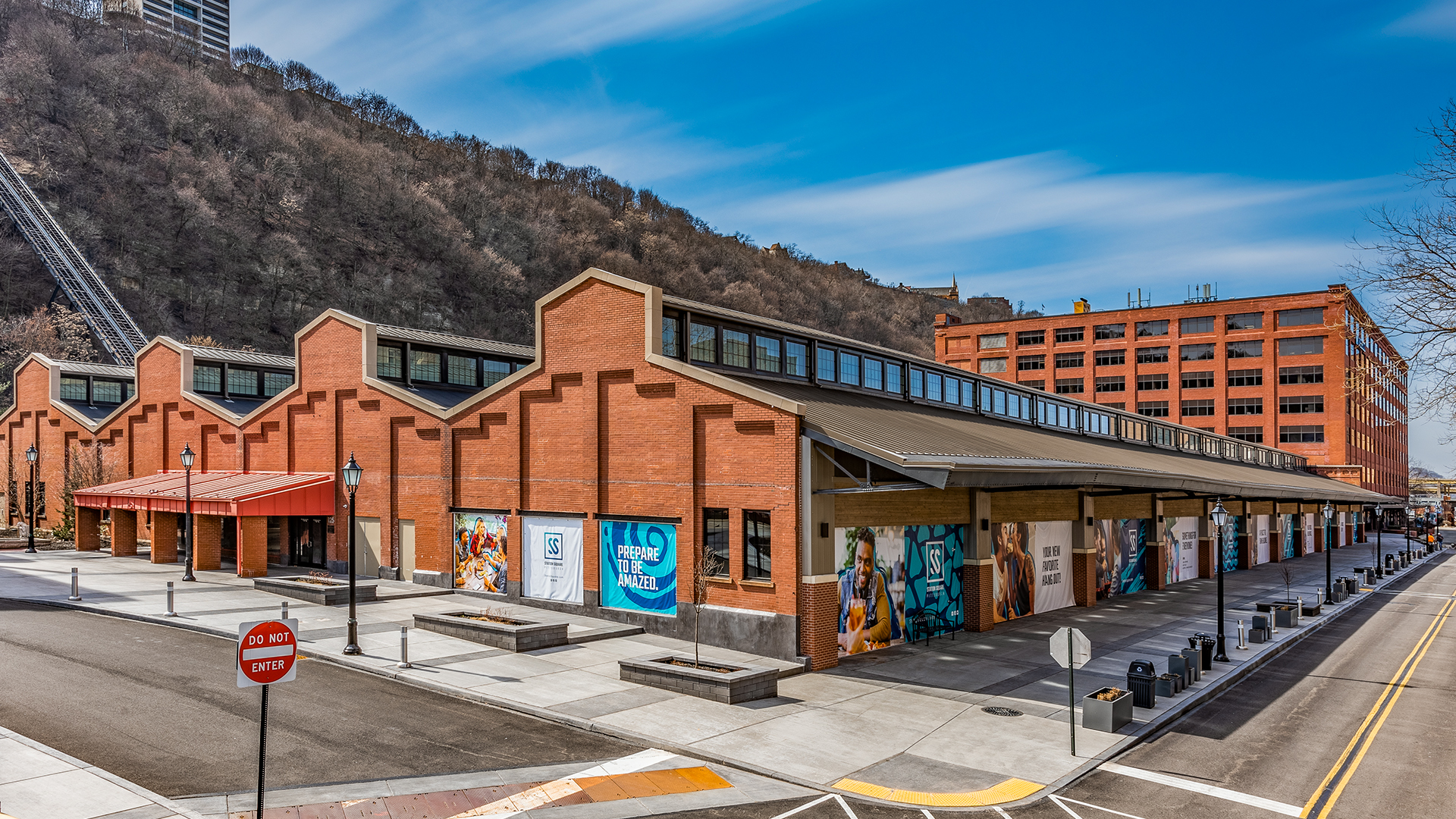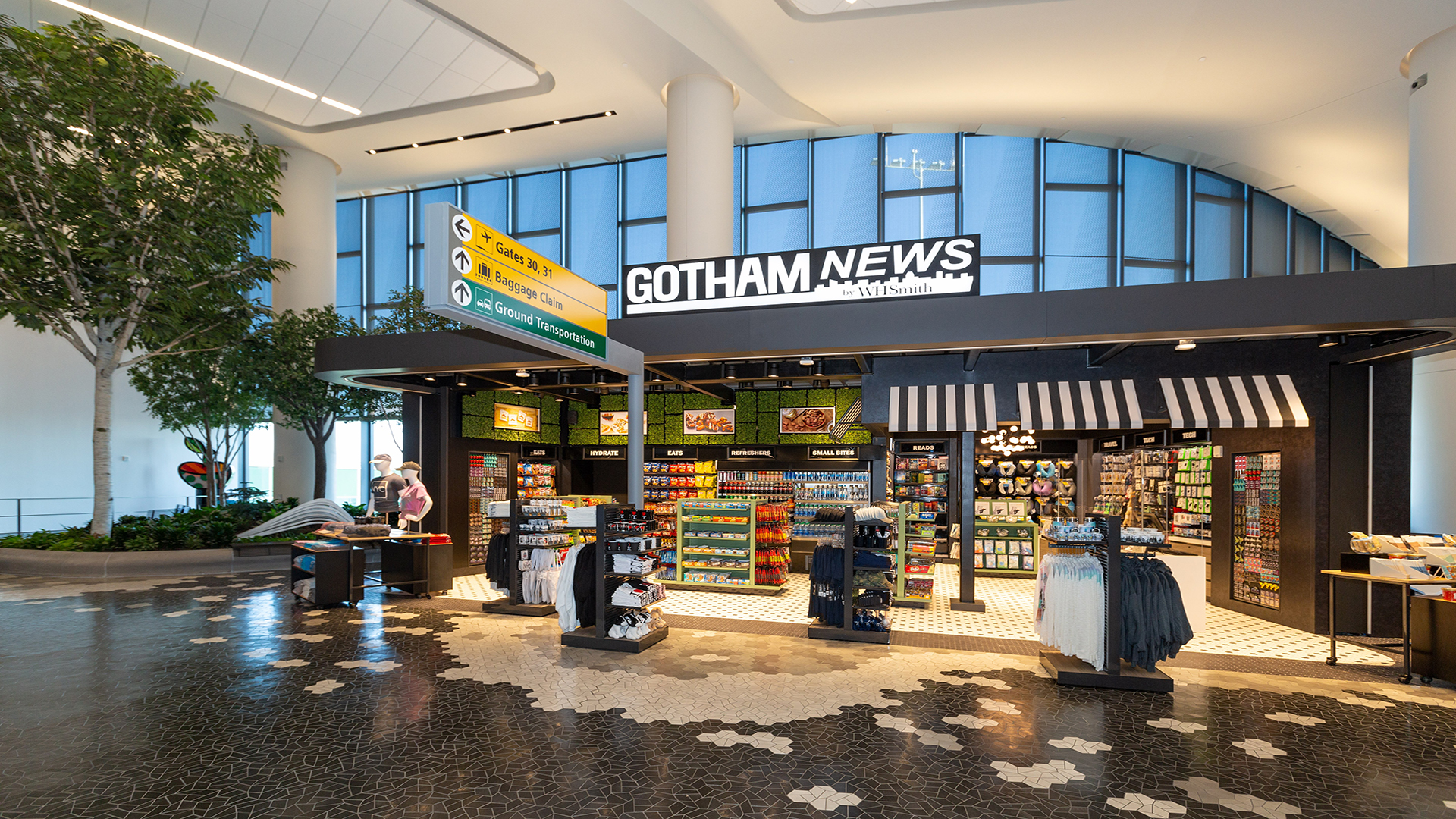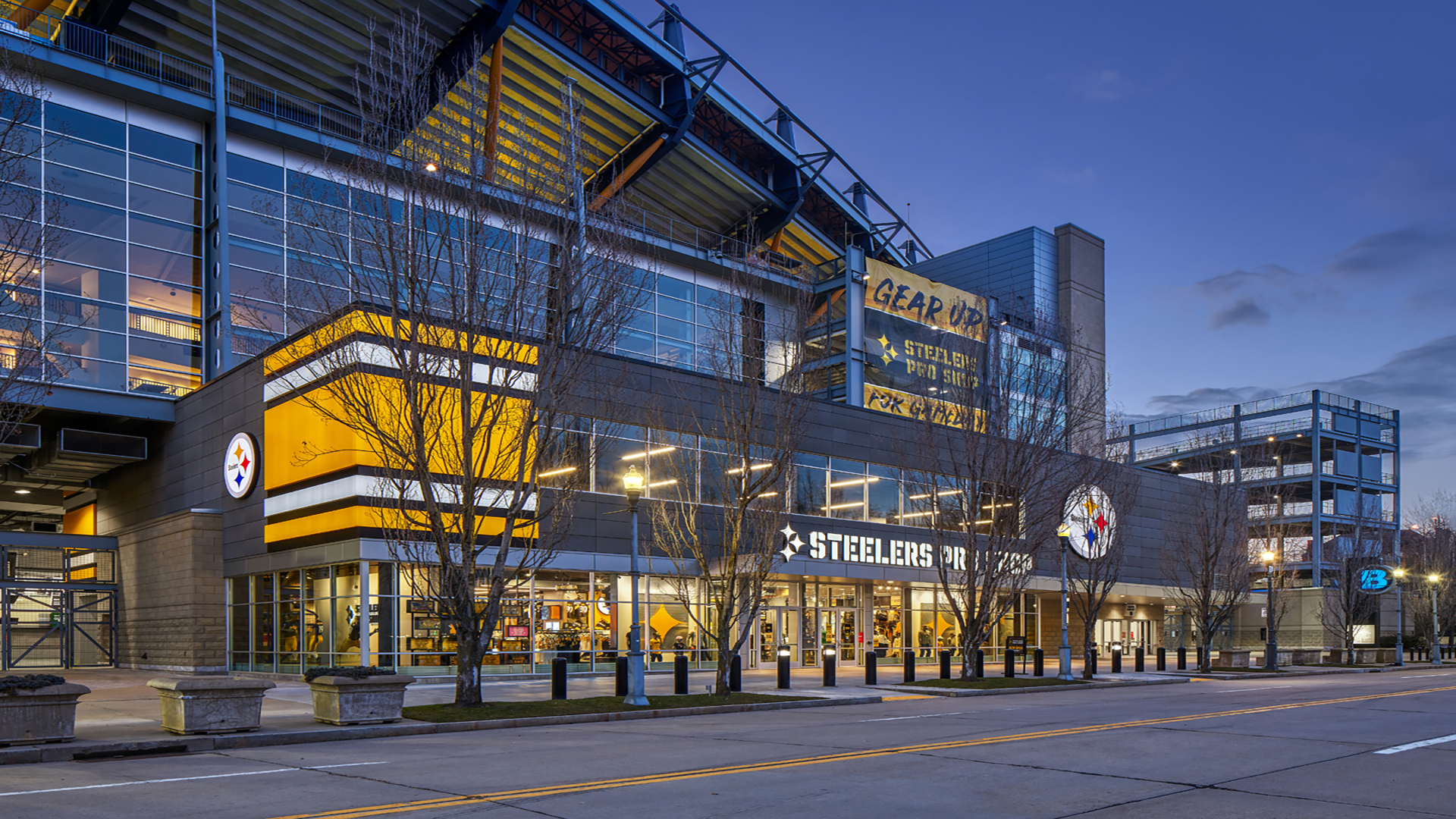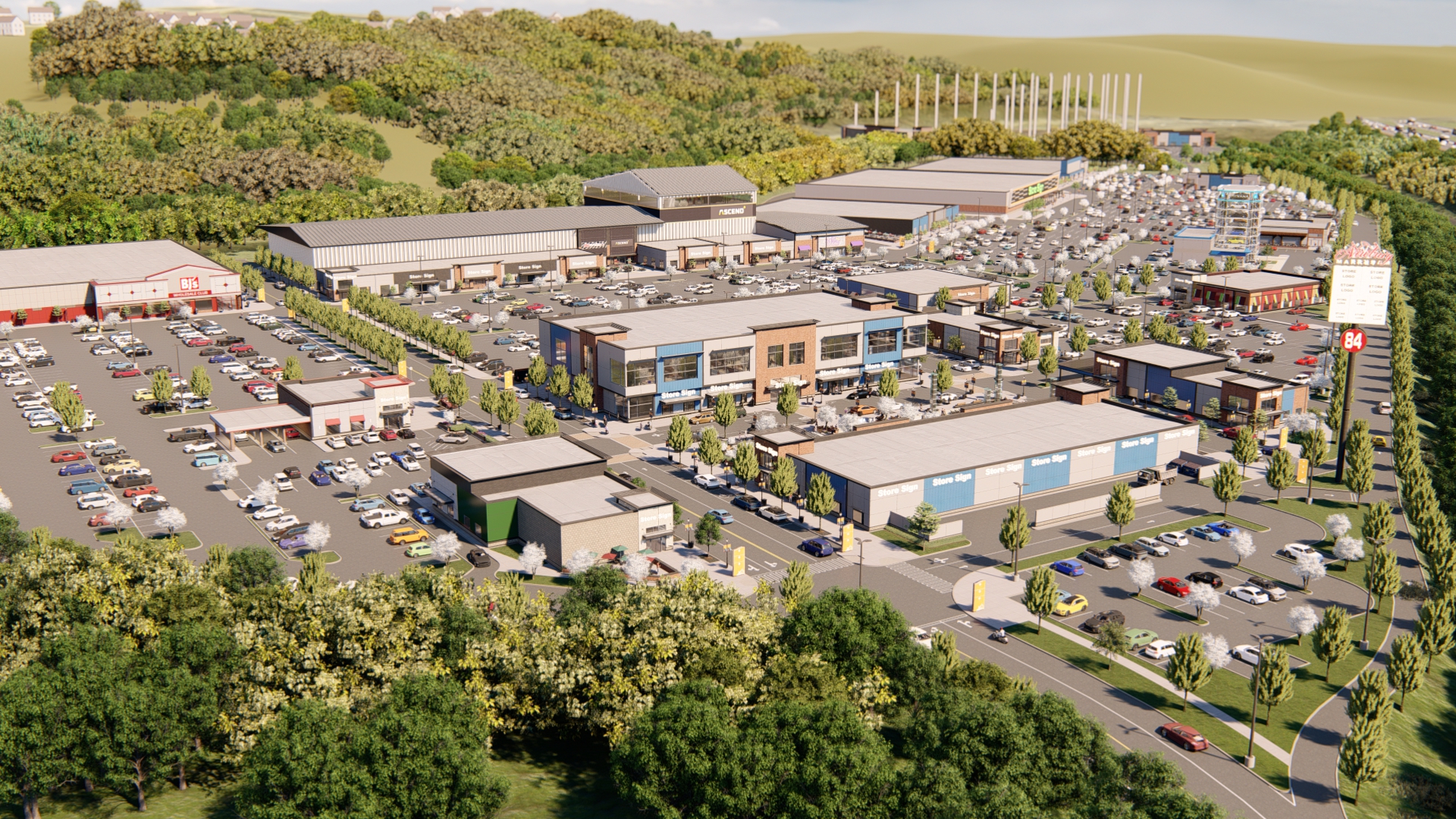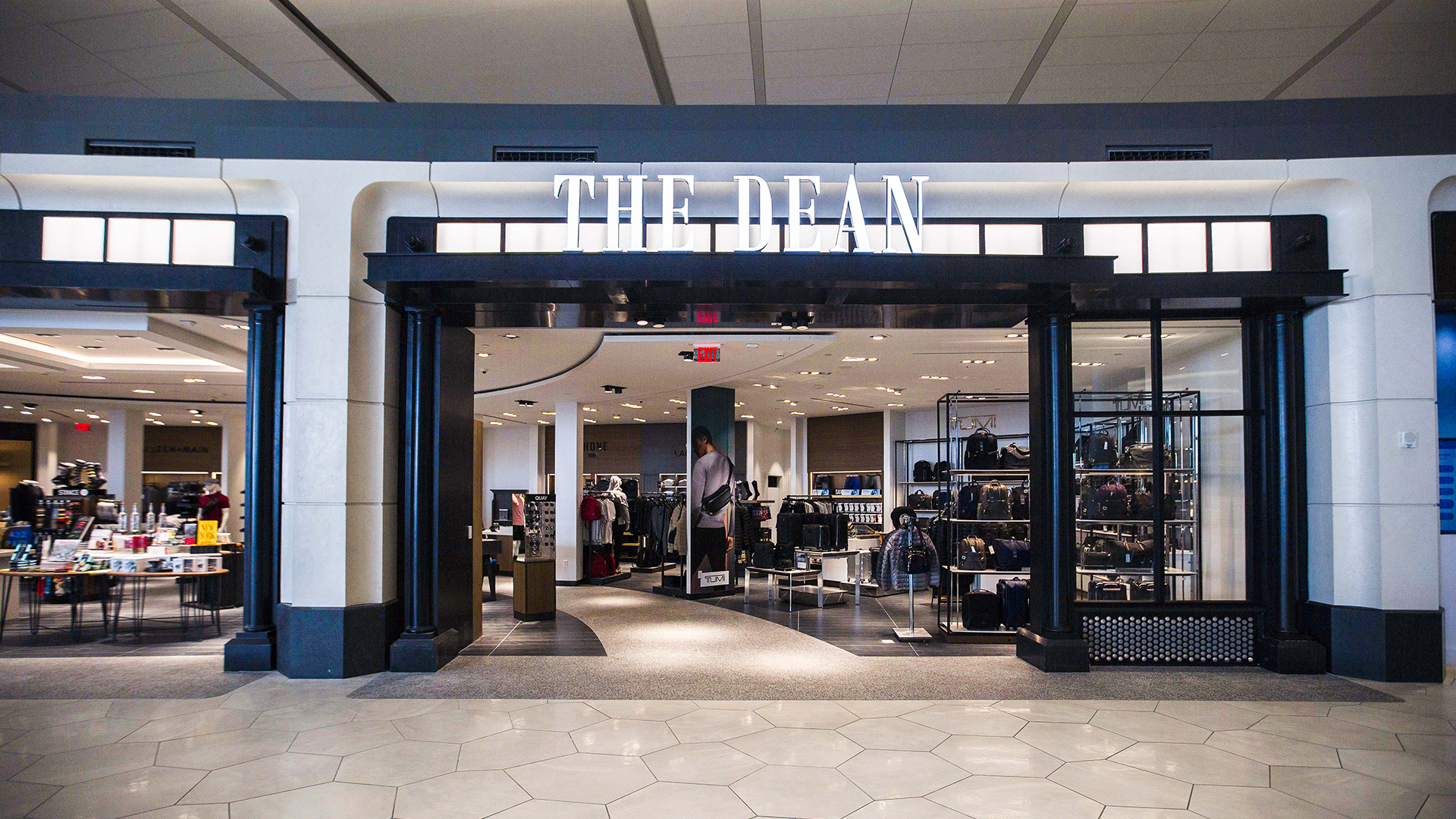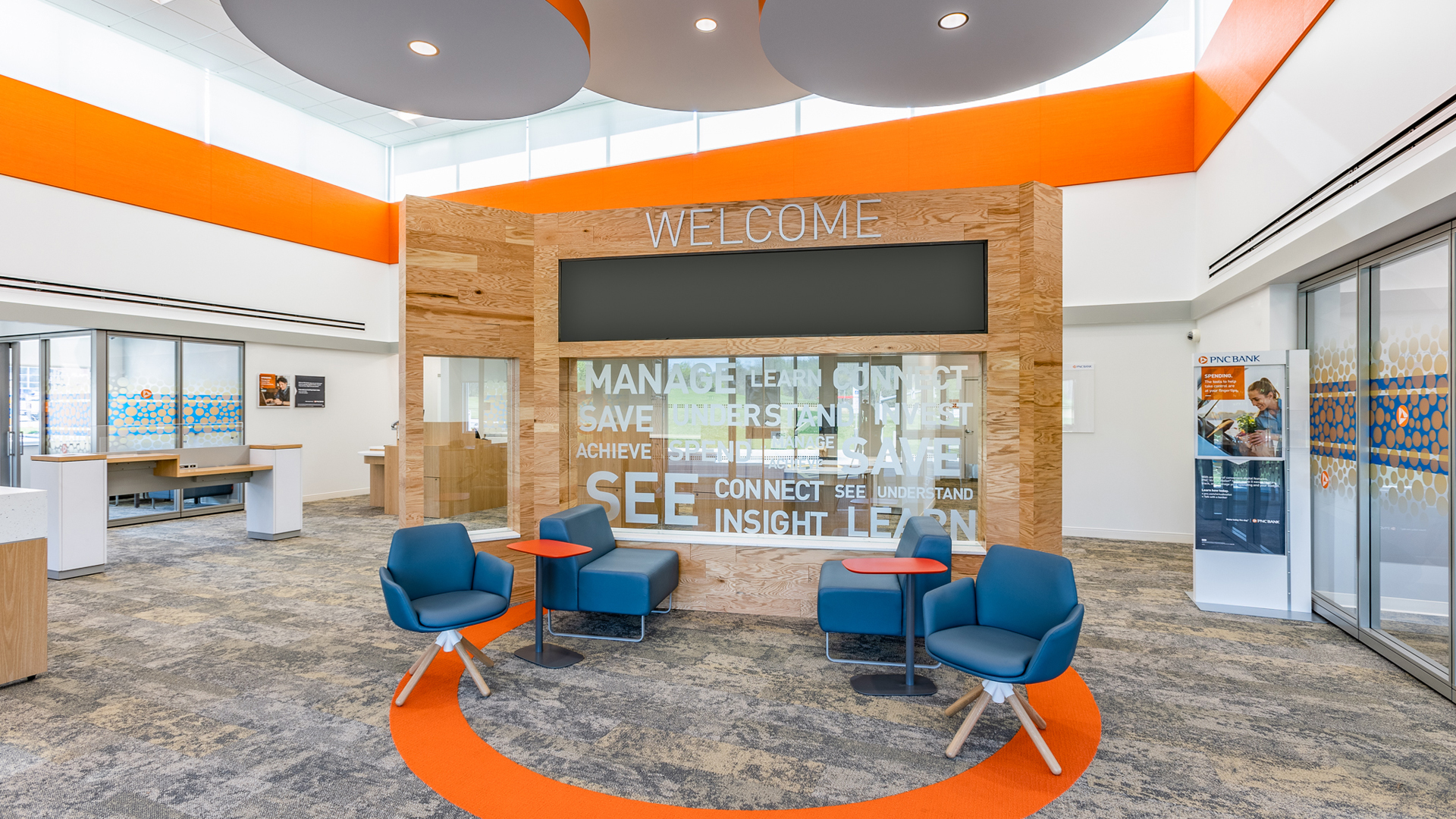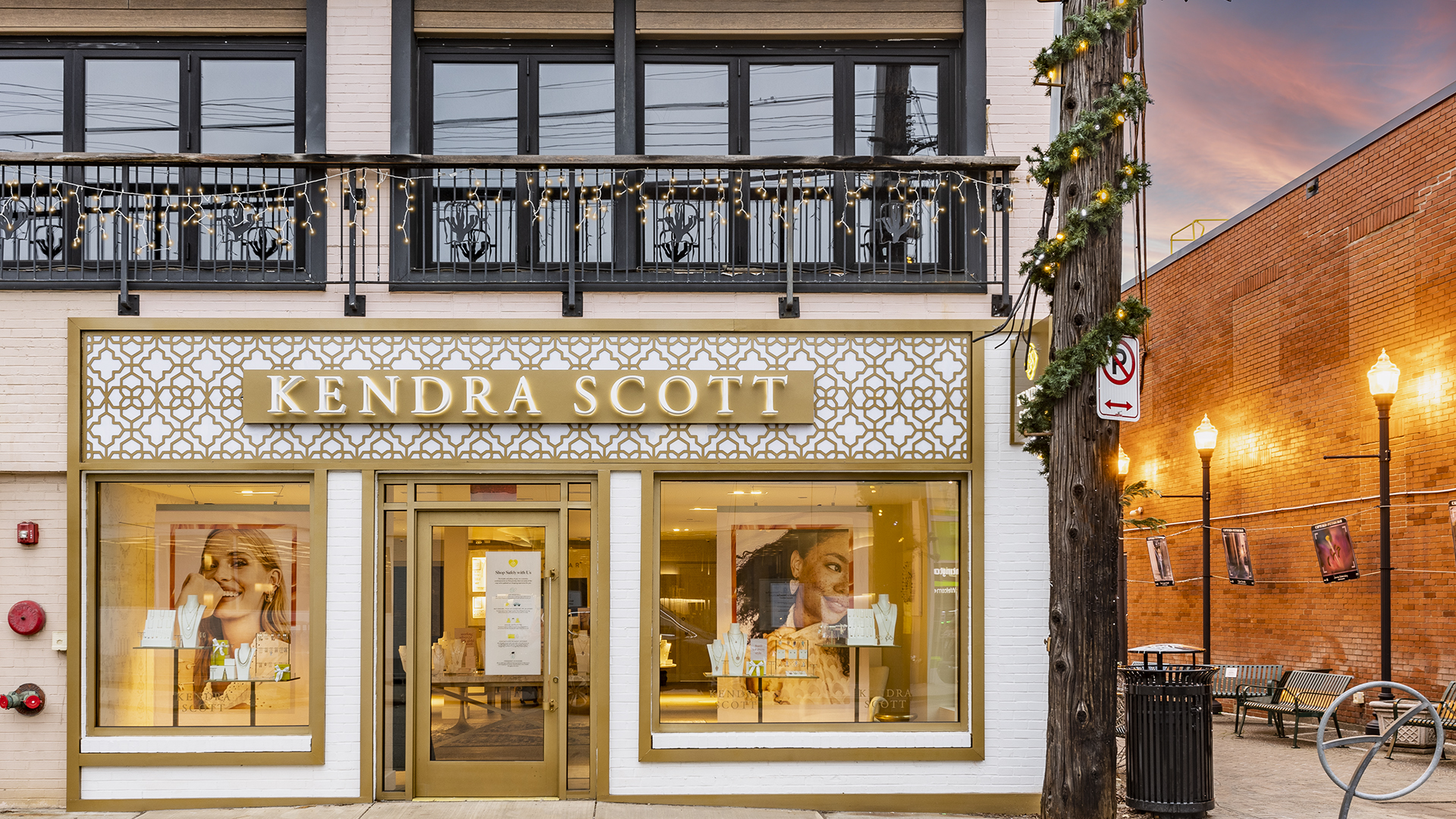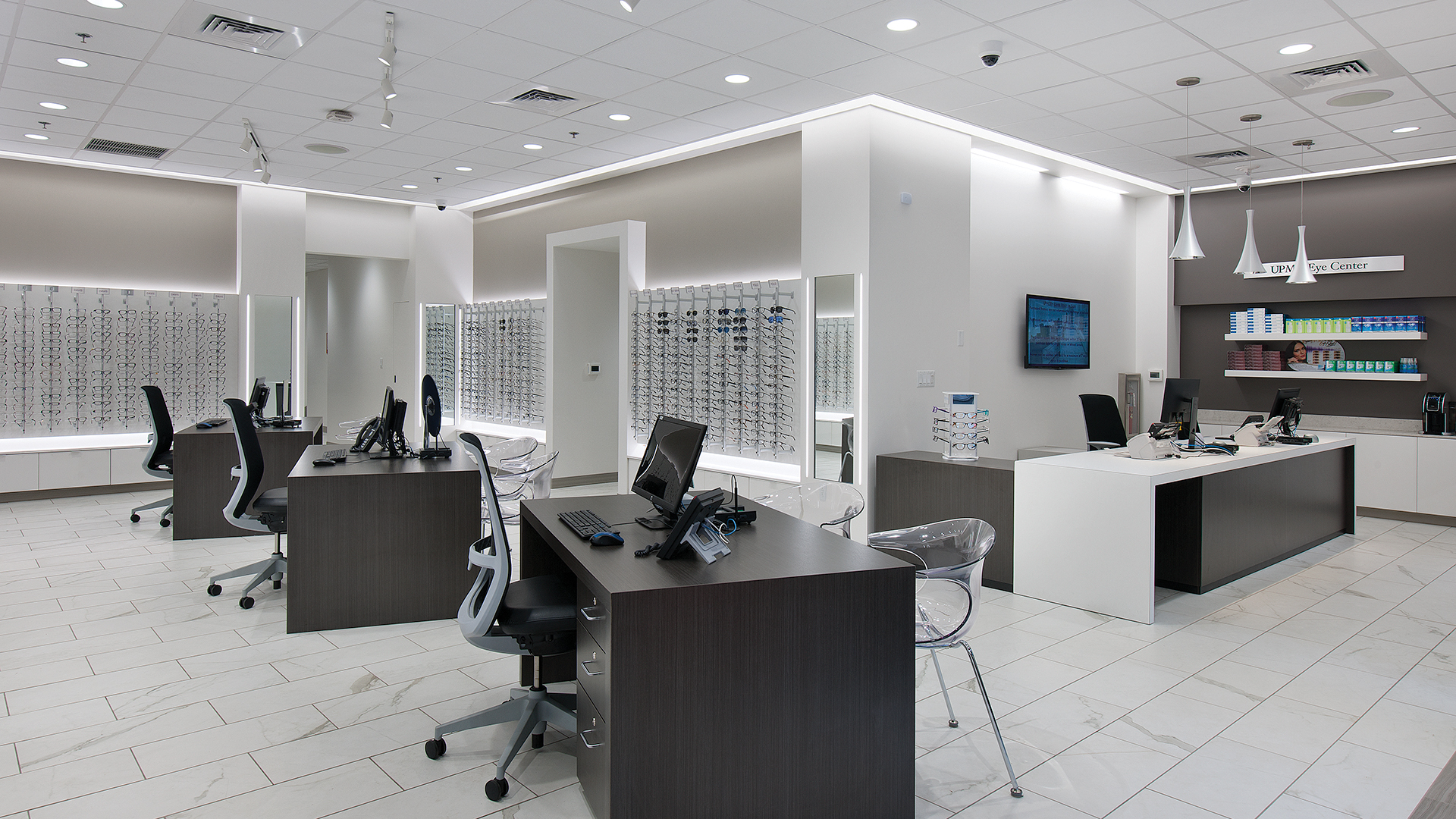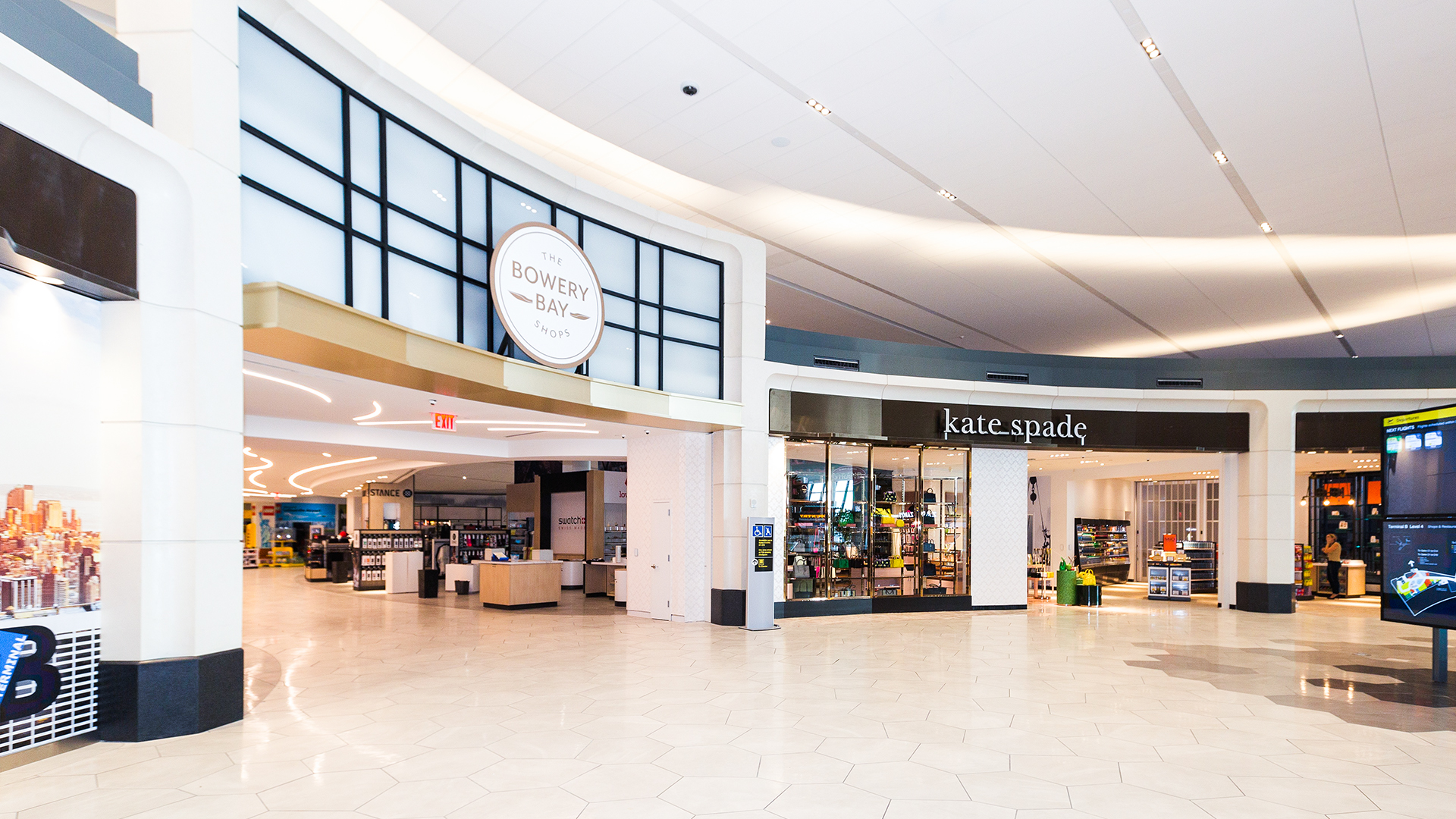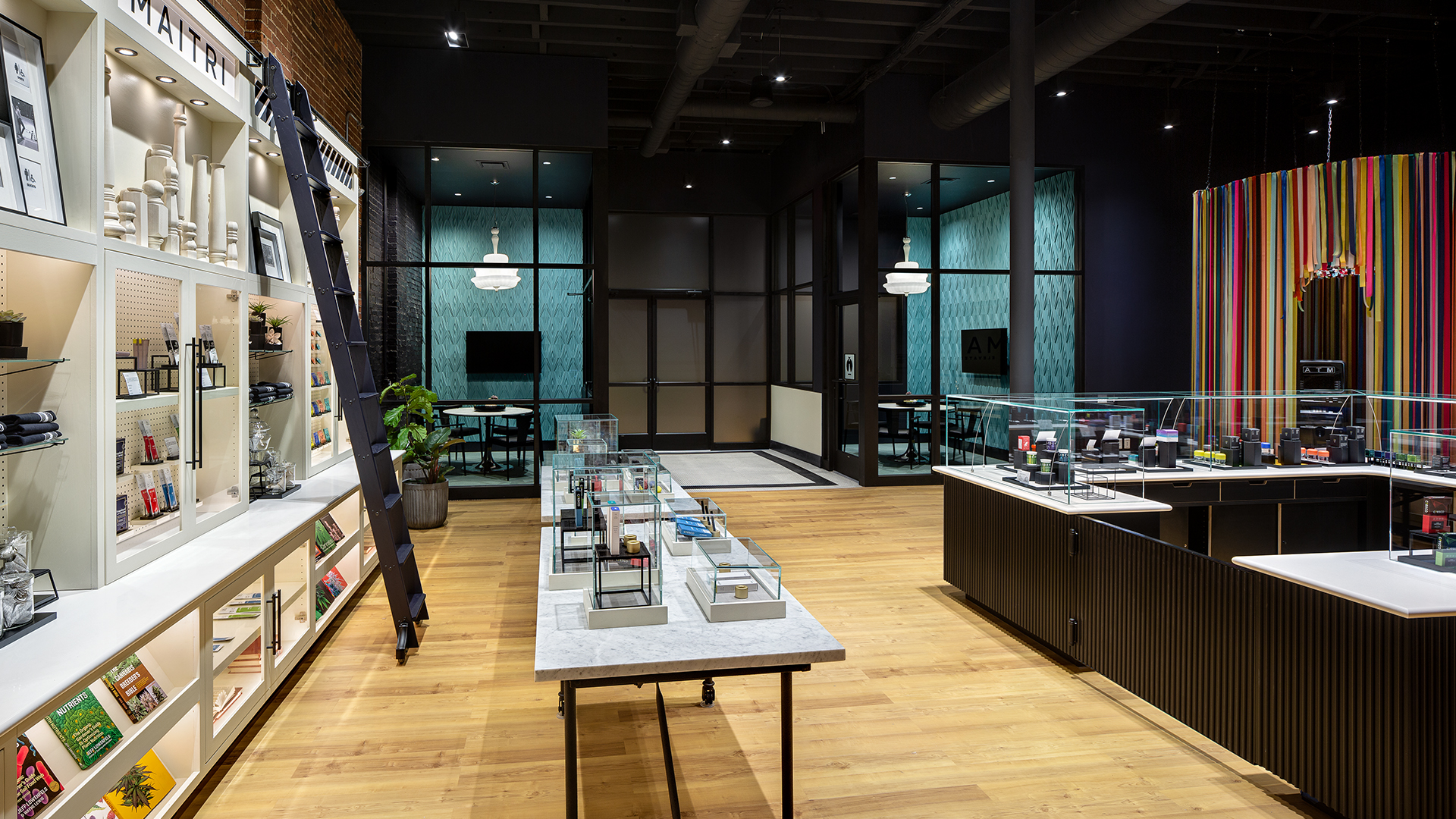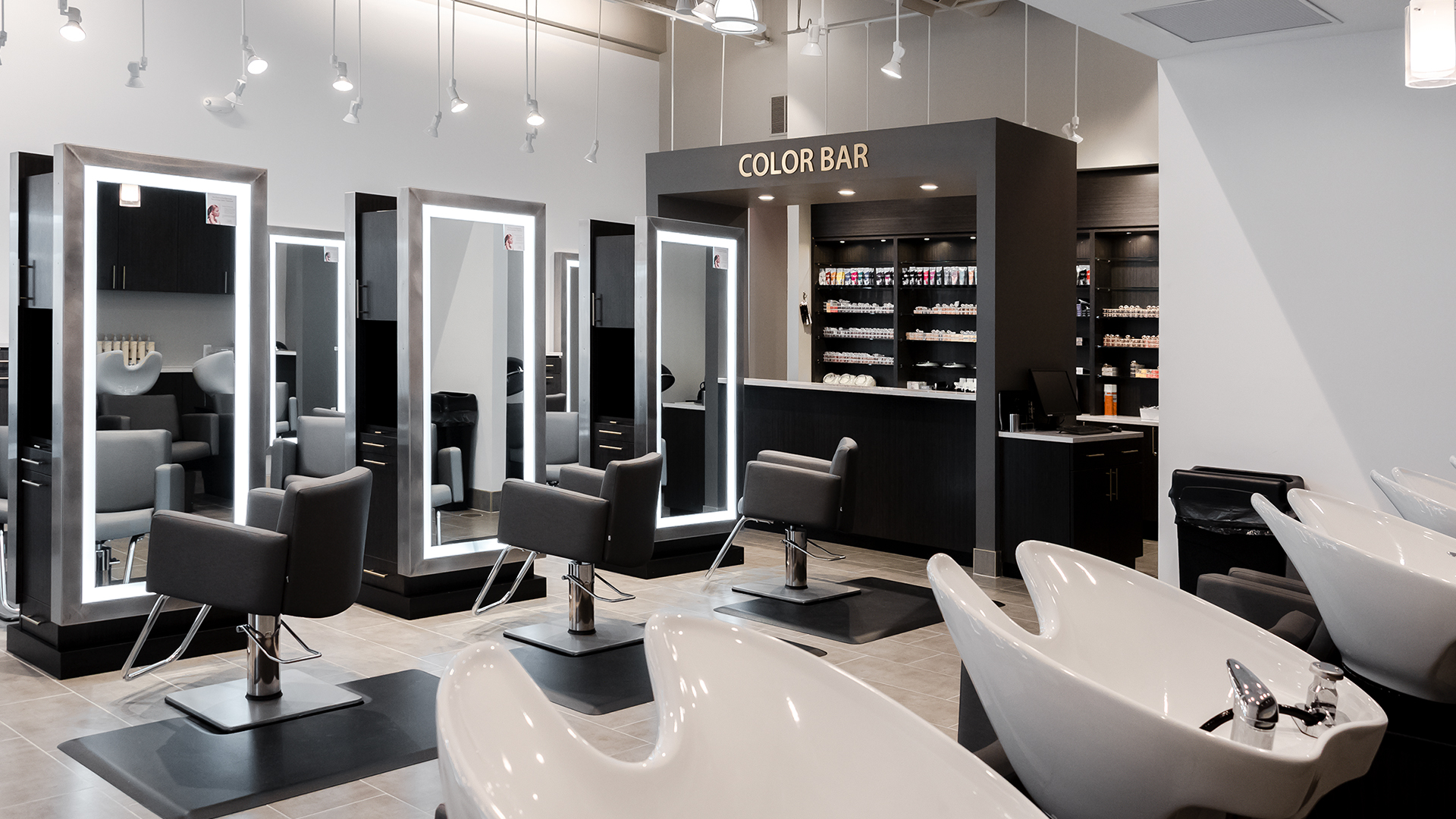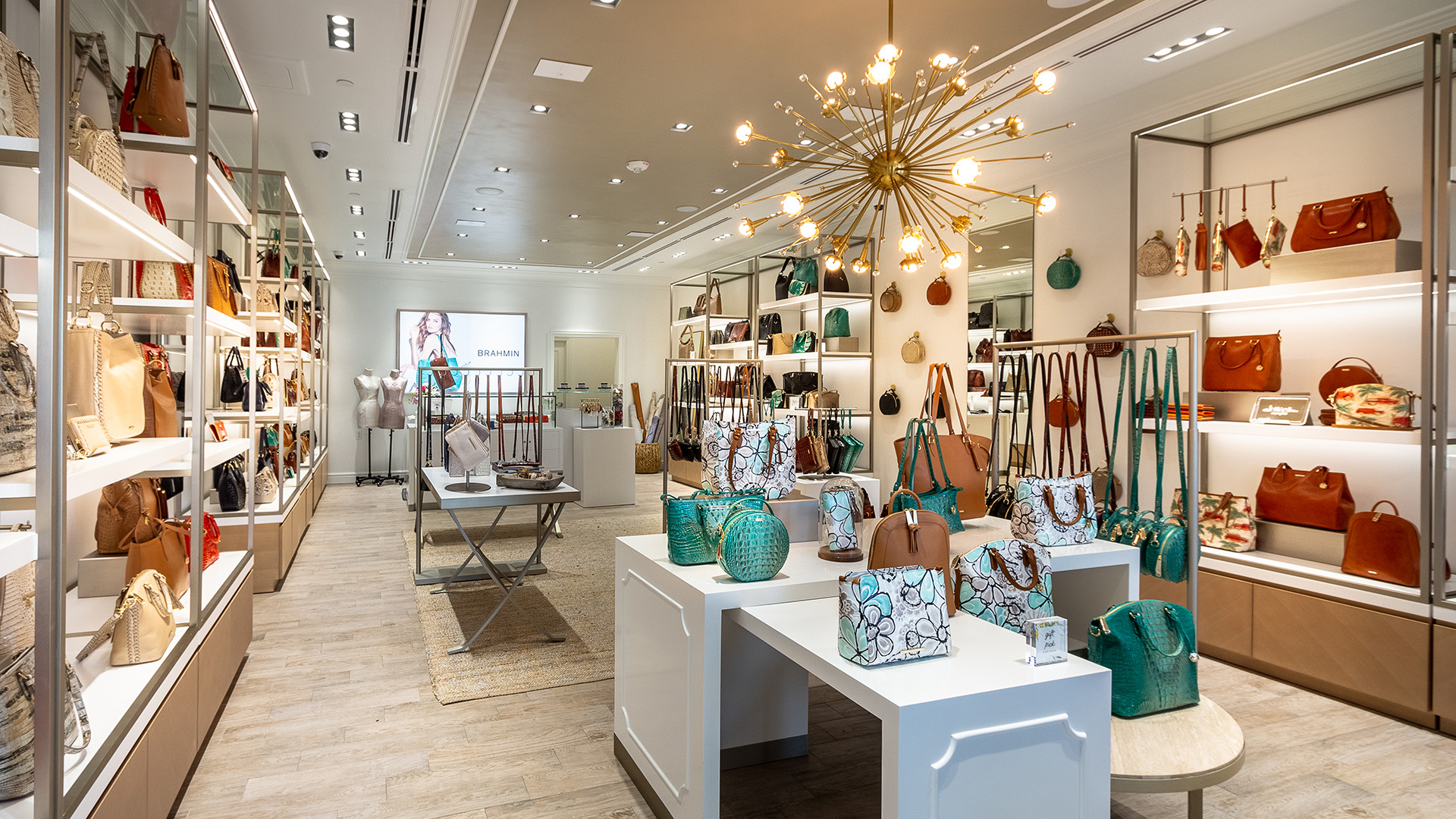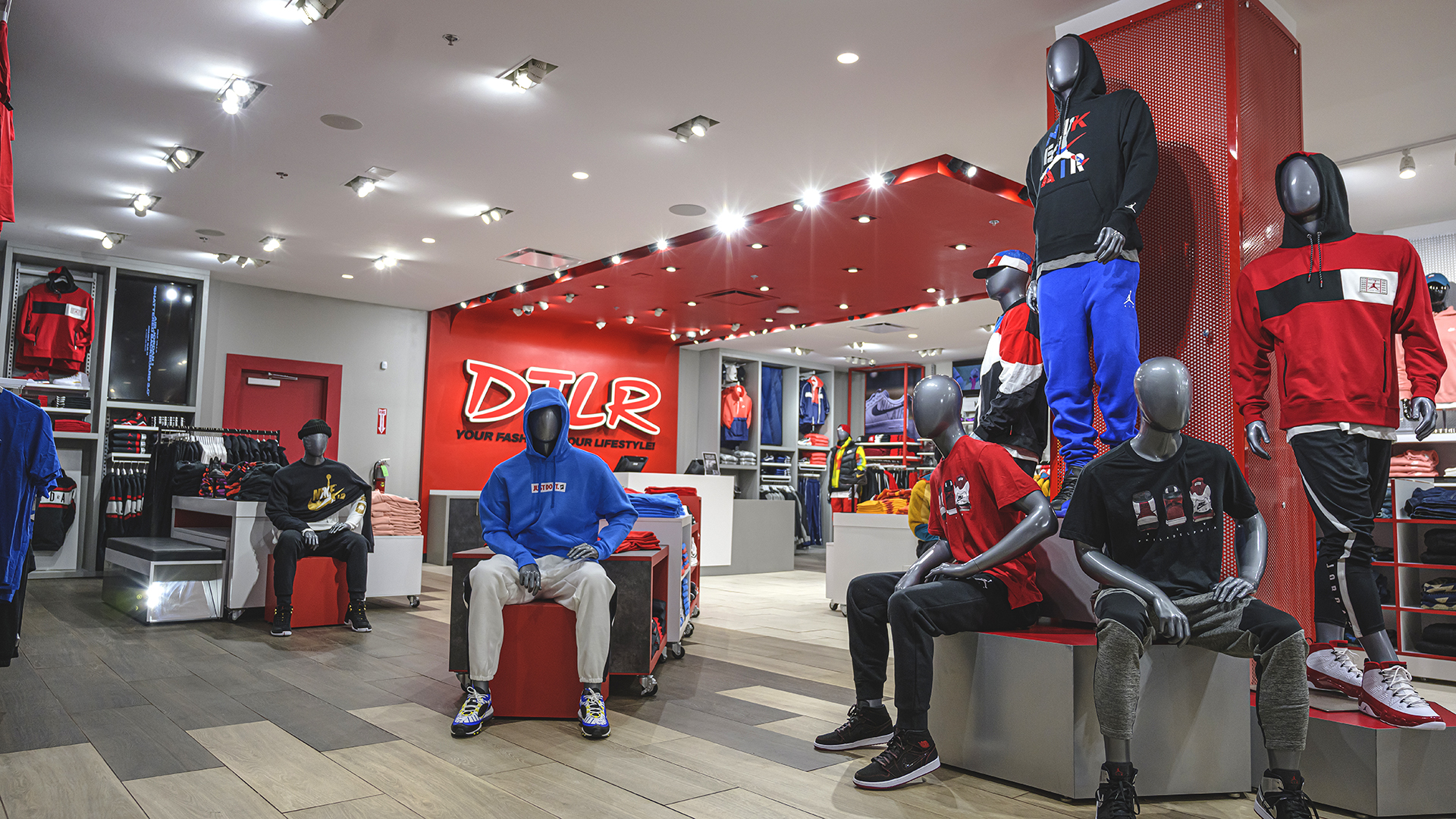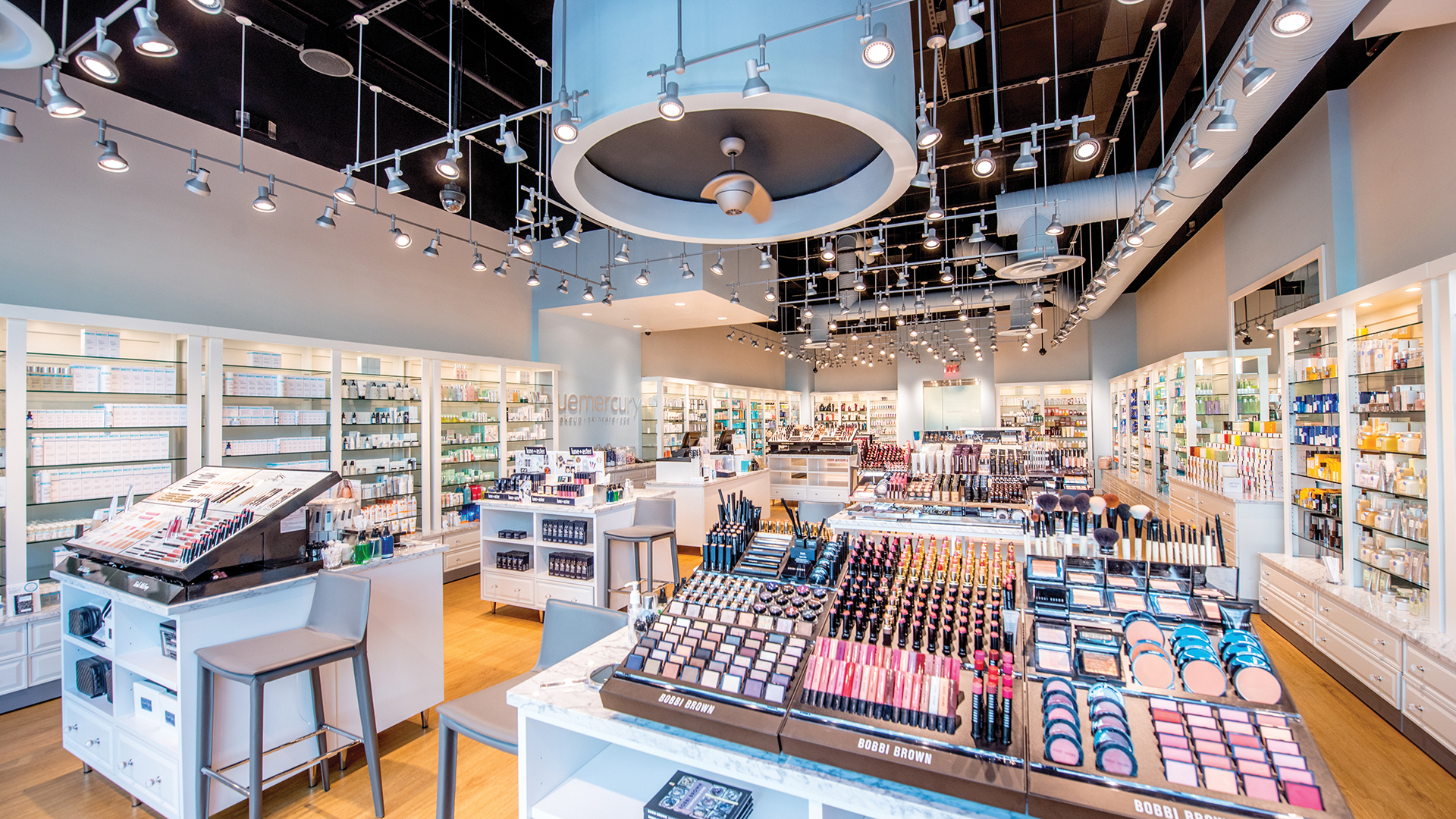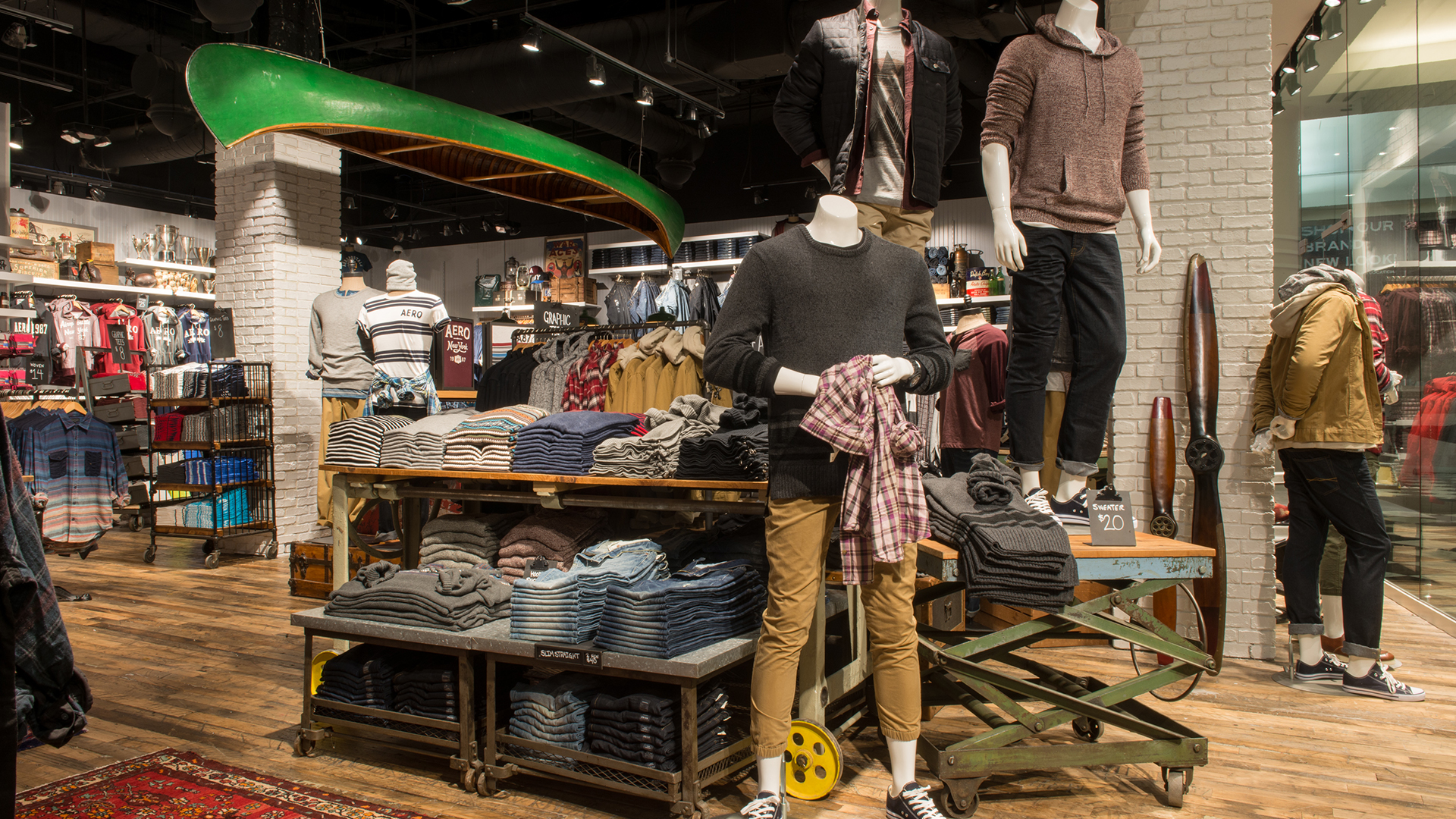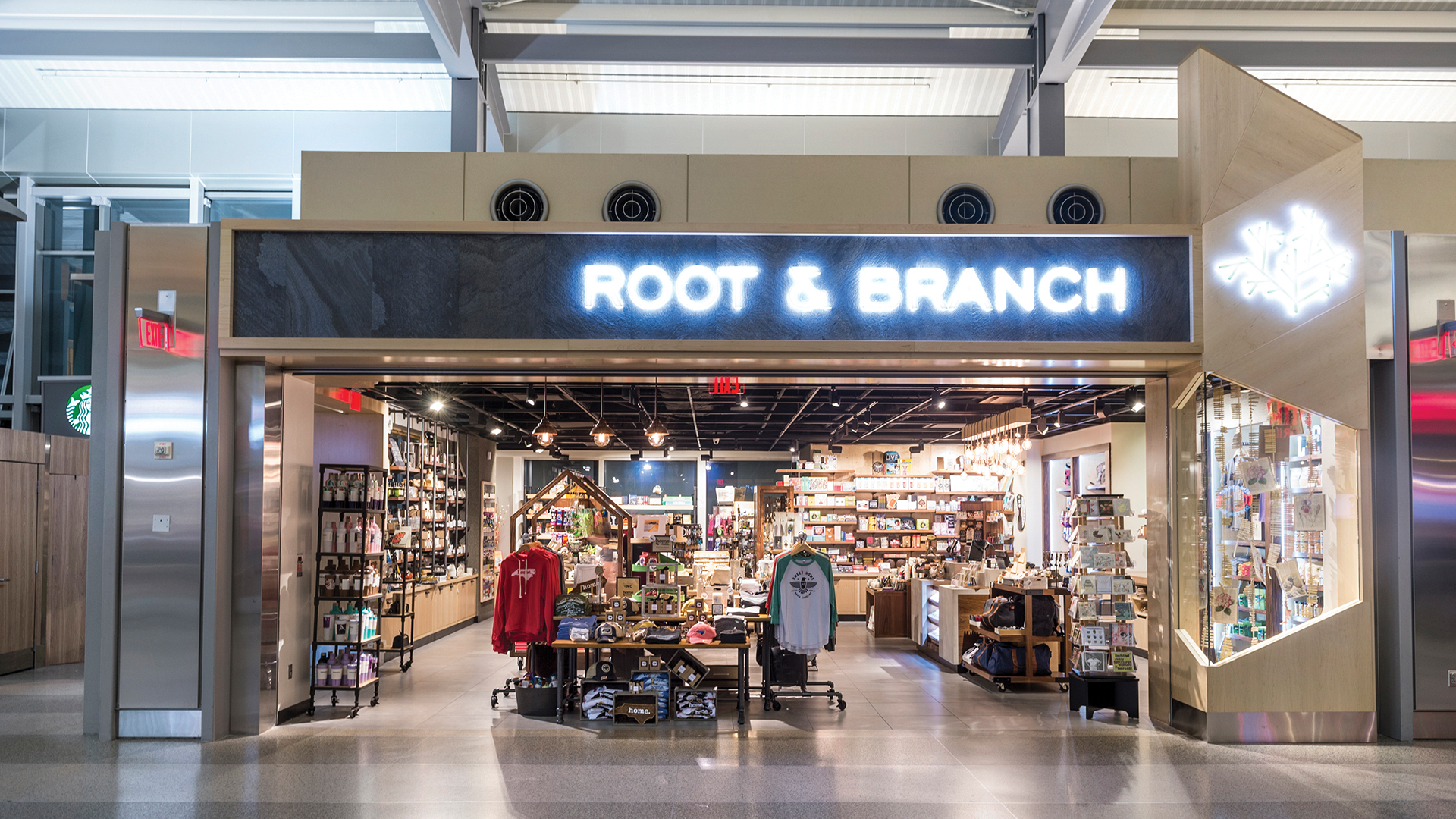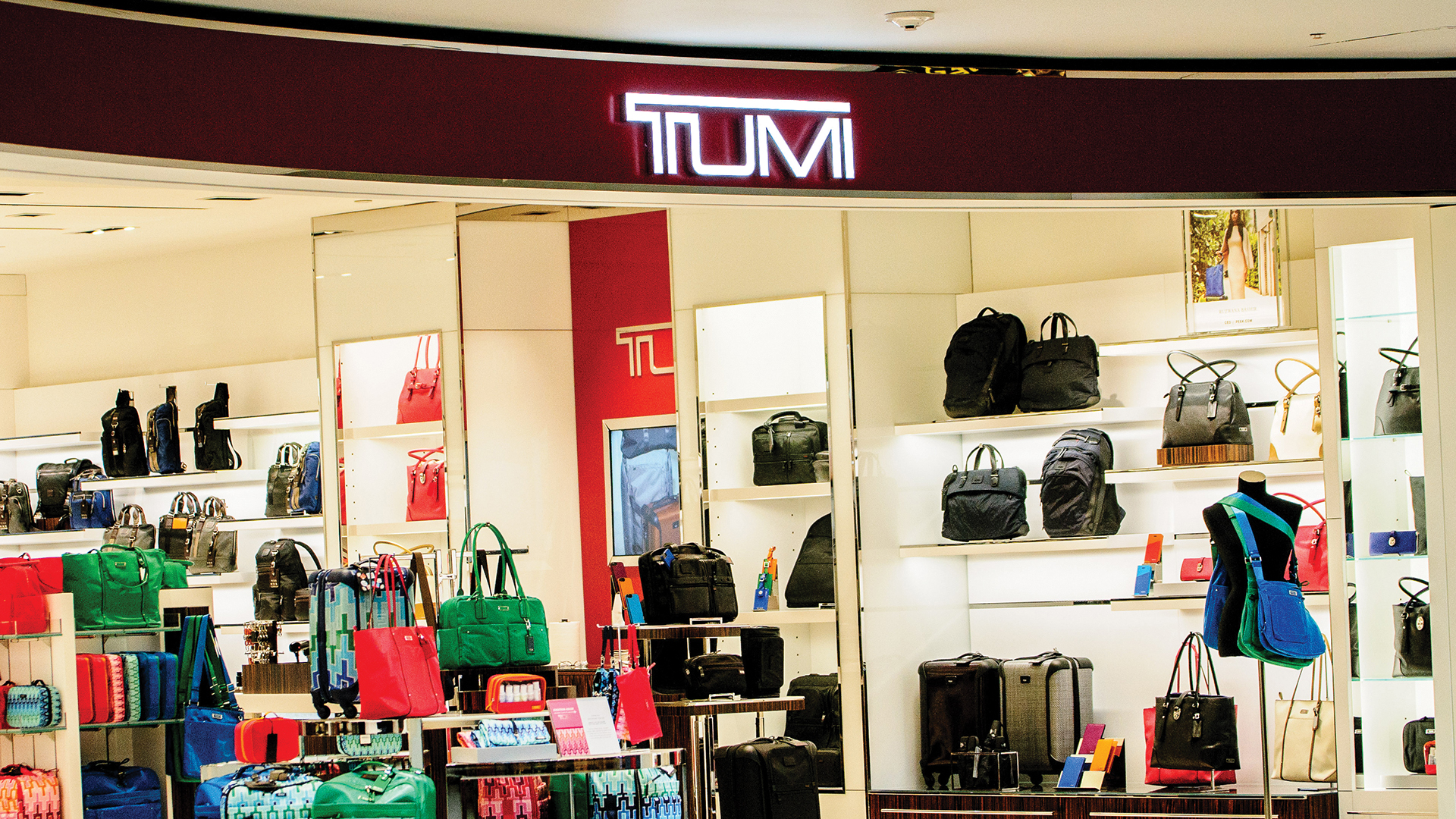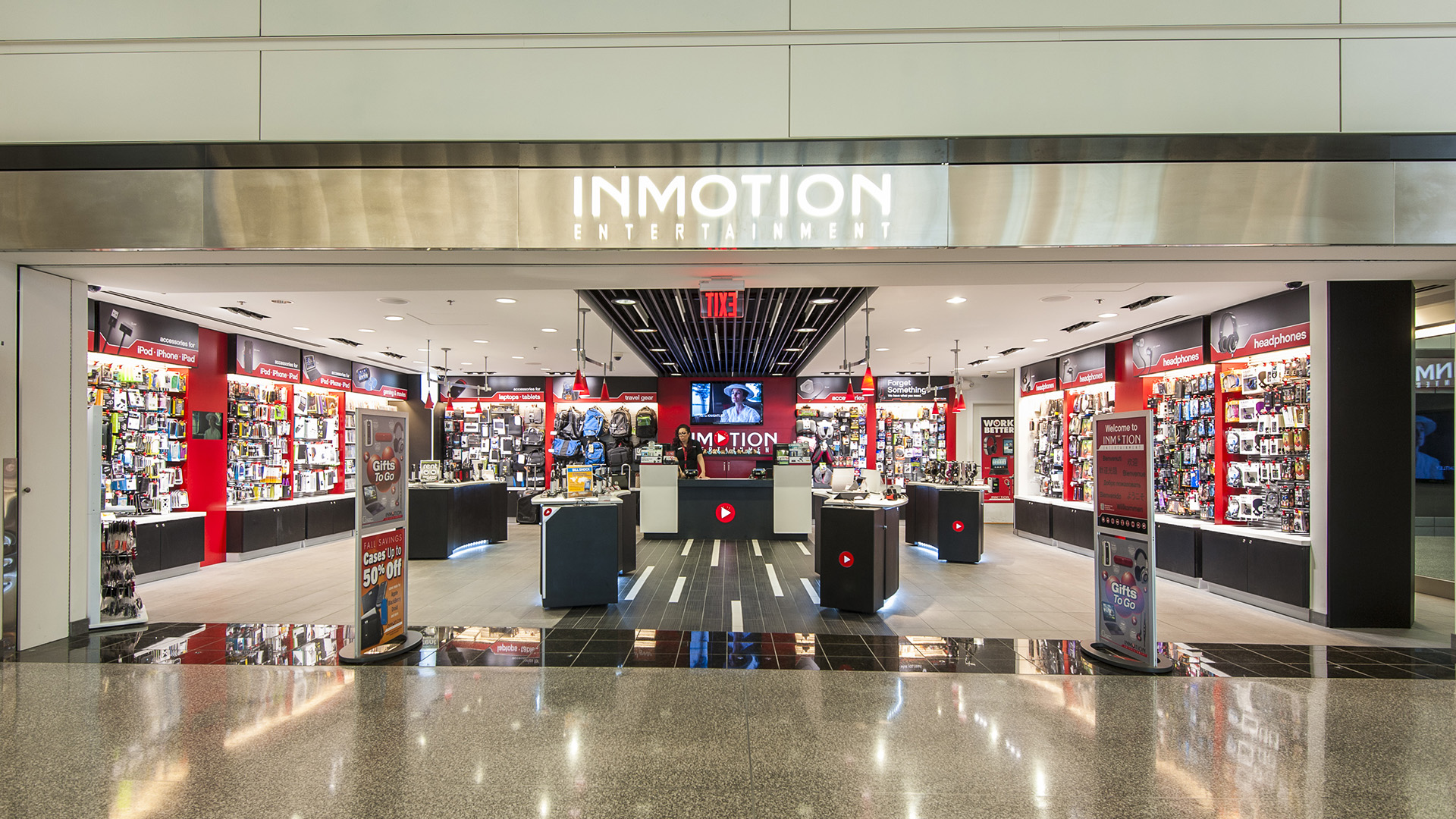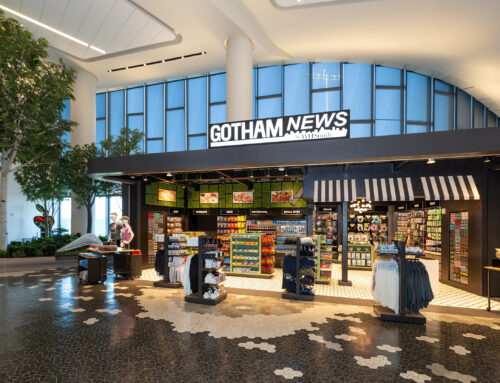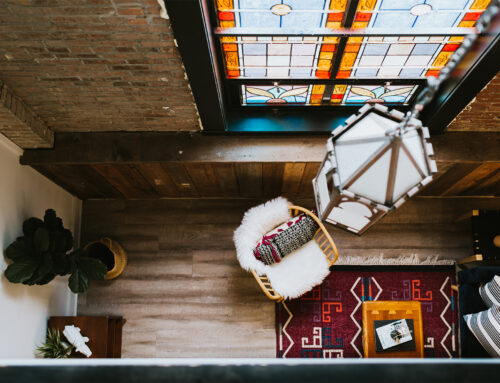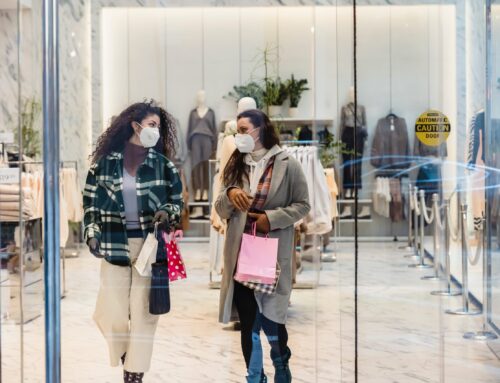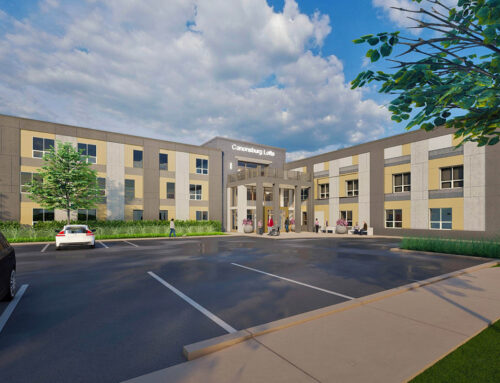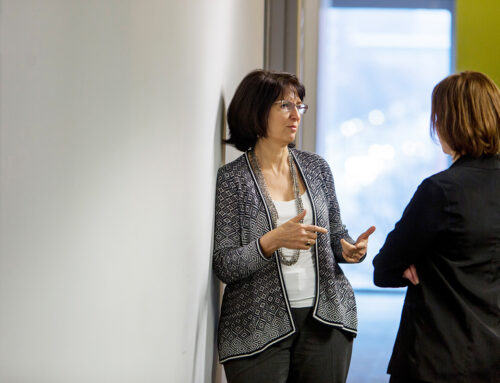Last week, we asked on our social media pages: If you had one question you could ask our Retail Design Team, what would it be? This week, our team came together and answered some of your best questions. Here’s what they had to say:
It appears the mall structure of retail has gone away. In its place, Retail stores are moving into free-standing buildings, urban centers, historic districts, etc. What are the challenges with designing a retail space within these non-traditional structures / locations? Which do you prefer?

Many retailers have navigated away from traditional suburban malls to urban streetscape centers, including historic districts. One of the challenges of an urban or historic building is meeting code compliance, particularly regarding accessibility or fire separations. It is not uncommon for these locations to have a non-accessible entrance or residential tenants above retail space. Another challenge in older buildings is having limited existing documentation. This may require additional site surveys or exploratory demolition, depending on the space and scope of work. I enjoy the challenges brought on for a retail store in an urban environment. These spaces’ final designs are truly unique, seeing how the beauty of an existing structure and a retail brand identity come together.
What are the biggest challenges in designing a retail space? Isn’t it really just a big open space you’re throwing some tables and shelves into?

As retailer store designers, we focus our initial efforts on our client’s brand and the customer experience to ensure our design achieves the clients’ goals. While some retail spaces might appear to be a ‘big open space,’ every retailer has a methodology for their business operations. As the designer, it is our responsibility to ask the right questions, understand the products sold, and be faithful to the brand identity. Some of our clients have an established brand identity, and some need our assistance to design their brand with them. In either scenario, our goal is to design retail spaces and create an experience that the customers love and want to return to time and time again.
After a store location has been selected, we then have the challenges of existing conditions to analyze (i.e., storefront conditions, low ceiling obstructions, uneven floor, odd-shaped lease area, utility locations). Some clients have pre-established design standards and in-house visual merchandising teams, which will help drive particular design factors, such as location and quantity of tables, fixtures, wall shops, and shelves. We design alongside the team to ensure the correct sales-to-stock area ratios, ceiling heights, lighting levels, etc., are being met while also meeting all the necessary code requirements. As the designer, we need to fit ‘XYZ’ into that space, and it can be very challenging when given a small or odd space to work with. For other clients who are establishing a new brand, we tailor the design, custom design fixtures, lighting, finishes, and specifications to the client’s specific needs.
What are the best ways to encourage impulse purchases?

Opportunities for impulse buys can happen from the beginning of the customer experience to the end. Designing for an impulse buy to occur is primarily about customer flow and fixture placement. Placing a feature fixture directly inside the entrance draws customers inside the store, creating the first opportunity for an impulse buy. Taking advantage of wall space in the store’s design and clustering fixtures in different variations throughout the store allows retailers to create interest and suggest complementary items through merchandising. This is another opportunity to entice the customer with an impulse buy. Finally, placing fixtures meant to hold accessories and other small treats near the cash wrap encourages a final push toward an impulse buy. Many retailers actually refer to these smaller fixtures as “impulse” fixtures!
